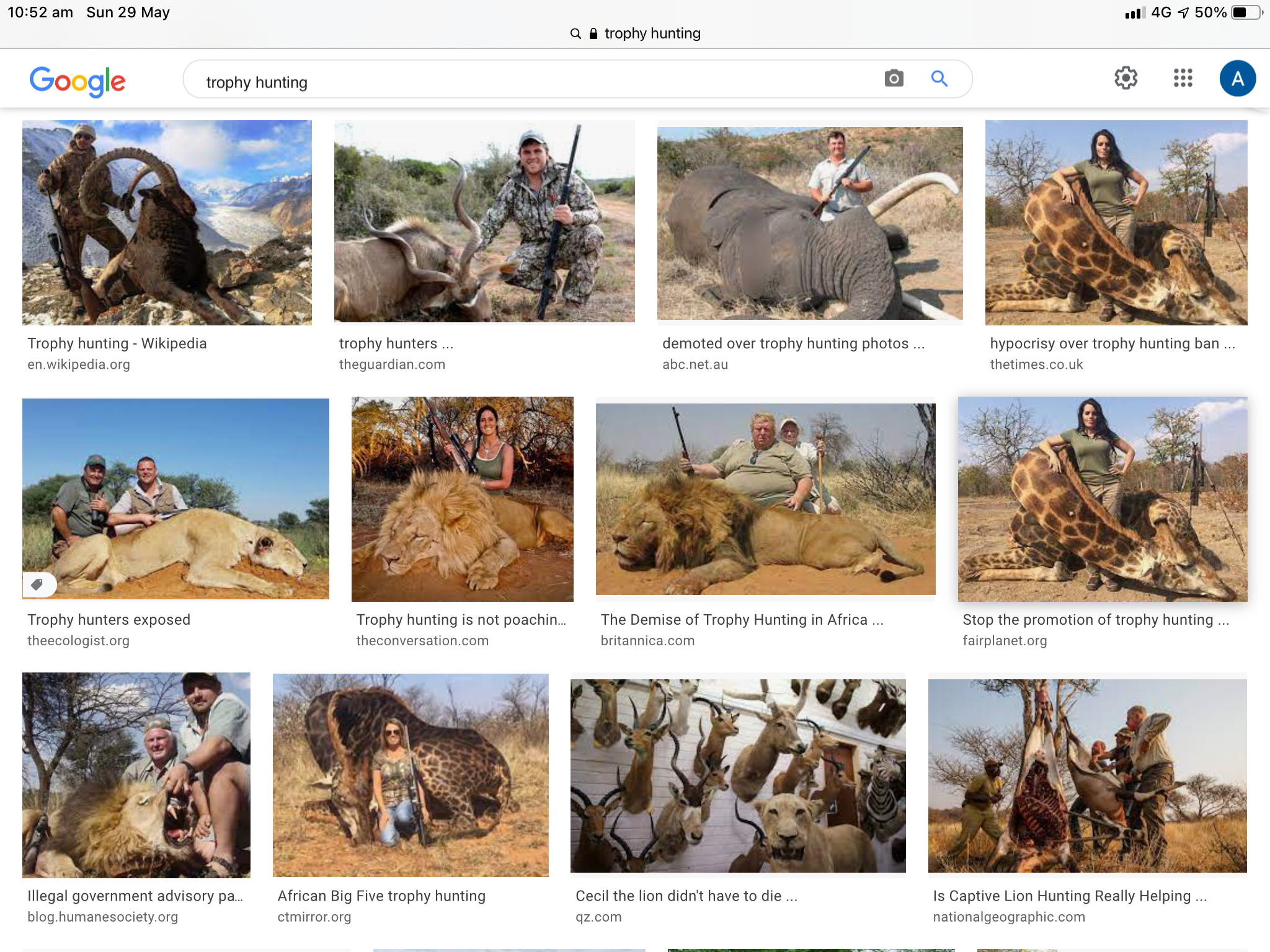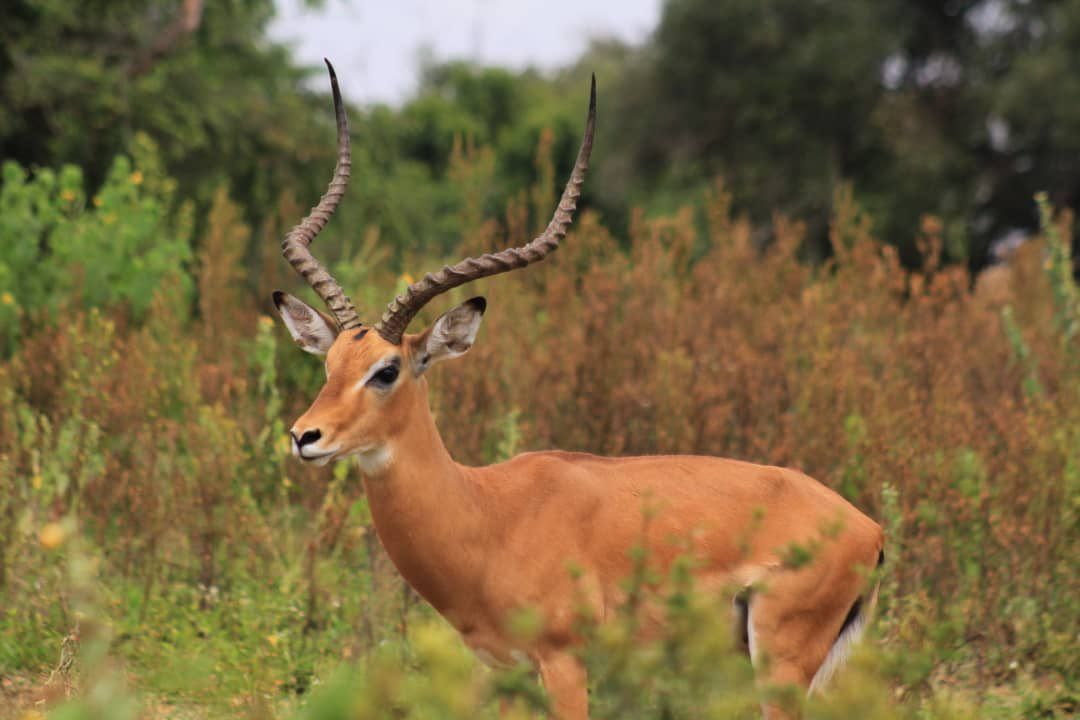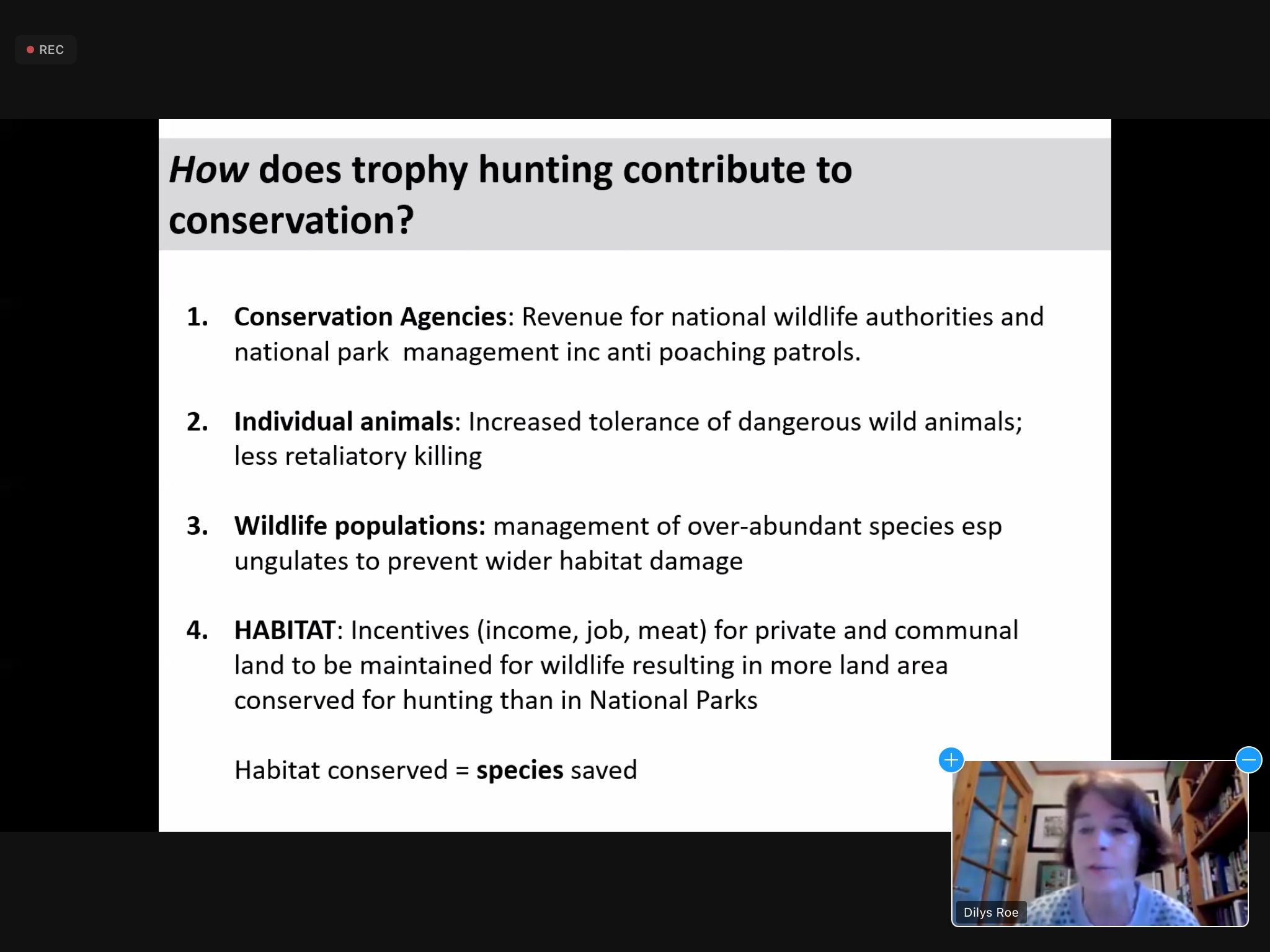As a wildlife filmmaker based in a country like India that is high on blue chip and large scale productions and popular voices doing voice overs, specializing in conservation filmmaking is harder than one can imagine.
India is home to Bollywood, an industry that producers over 300-350 Hindi language films each year, my conservation film on roadkills stands almost no chance of getting noticed.
This makes it a challenge to hit that mark with your target audience and get the publicity ball rolling.
How do I address this gap? Well, we make them feel emotionally attached to the animal.
You make it relatable.
You could look at the Big 5 or similar megafauna or make the story feel relatable and humanized. Personified.
Add the drama. Add conflict.
Add the sense of adventure and the idea of pursuing something.
Make them feel like their involvement in this story is worth their time :)

 The Ugandan kob (Kobus kob thomasi), male,Queen Elizabeth NP, Uganda, 2016.
The Ugandan kob (Kobus kob thomasi), male,Queen Elizabeth NP, Uganda, 2016.
The Ugandan kob is a subspecies of the kob, a type of antelope. Only the males have horns, which are lyre-shaped, strongly ridged and divergent.
Males are slightly larger than females, being 90 to 100 cm (3.0 to 3.3 ft) at the shoulder, with an average weight of 94 kg (207 lb), while females are 82 to 92 cm (2.7 to 3.0 ft) at the shoulder and on average weigh about 63 kg (139 lb). Apart from the throat patch, muzzle, eye-ring and inner ear, which are white, the coat is golden to reddish-brown, the color differentiating it from other kob subspecies. The belly and inside of the legs are white, and the front of the forelegs are black.
It is typically found in open or wooded savanna, within a reasonable distance of water, and it also occurs in grasslands near rivers and lakes.
Ugandan kobs are herbivores and feed largely on grasses and reeds.
The females and young males form loose groups of varying size which range according to food availability, often moving along watercourses and grazing in valley bottoms. Sometimes non-breeding males form their own groups. Ugandan kobs usually have a lek mating system, in which males defend small territories clustered on traditional mating grounds. Females visit these leks only to breed, and males provide no parental care. Each lek is associated with a female herd of about 100 individuals. Females begin to mate at the age of one, but males must normally wait for several more years. A single calf is born in November or December, after a gestation period of about nine months.
Ugandan kob appears on the coat of arms of Uganda. #Godfreytheguide #Uganda #Animals #Antelope.
www.interiorsafarisea.com
The Botstiber Institute for Wildlife Fertility Control's (BIWFC) 2022 Summer Newsletter is now available. In this edition you will learn about the recent 9th International Conference on Wildlife Fertility Control hosted by BIWFC in Colorado Springs, as well as other wildlife fertility control projects and issues.
The Botstiber Institute for Wildlife Fertility Control is a non-profit organization that aims to advance the use of effective, sustainable fertility control methods to mitigate human - wildlife conflicts and promote coexistence worldwide. BIWFC, established in 2016 as a partnership between the Dietrich W. Botstiber Foundation and The Humane Society of the United States, is headquartered in Media, PA with an additional office at the University of York in the United Kingdom. To learn more visit wildlifefertilitycontrol.org
